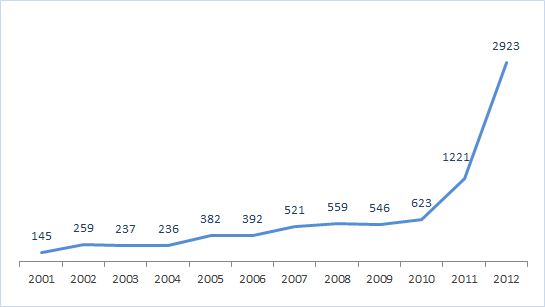June 14, 2013
A 3-D printer in a wet Bavaria.
Hallo ihr alle!
In London it was dry and sunny, but not far away in Central Europe they were completely washed out with heavy and persistent rain. And that included Bavaria: gray skies and seemingly endless intermittent precipitation – nothing like what you’d normally expect in June.
We were in Germany – just outside Munich – attending the annual 24 Hours Conference VIP-shindig organized by Deutsche Telekom – in a rather fine ancient chateau. This is a get-together where a very heterogeneous selection of delegates from lots of different countries representing lots of different industries discuss the most burning issues of the day and share their dreams for a better future for all. Like :).

Of course, they had me in the room with ‘Security’ written on its large oak door. But while looking for this room we passed quite a few others with interesting ‘themes’ on their doors. One of the most intriguing ones was ‘3-D Printers’. I was more than just a little curious, so poked my head round the door. And lo and behold, there one stood – a 3-D printer – in the flesh!
Basically it’s a cube-shaped frame inside which a secured hose moves about emitting a thin stream of liquid plastic, which slowly builds up… whatever it’s programmed to – well, so long as they’re small plastic knick-knacks. You can see some such knick-knacks next to the printer in the photos:

More: What industries would disappear first with the advent of high-quality 3-D printing?…











